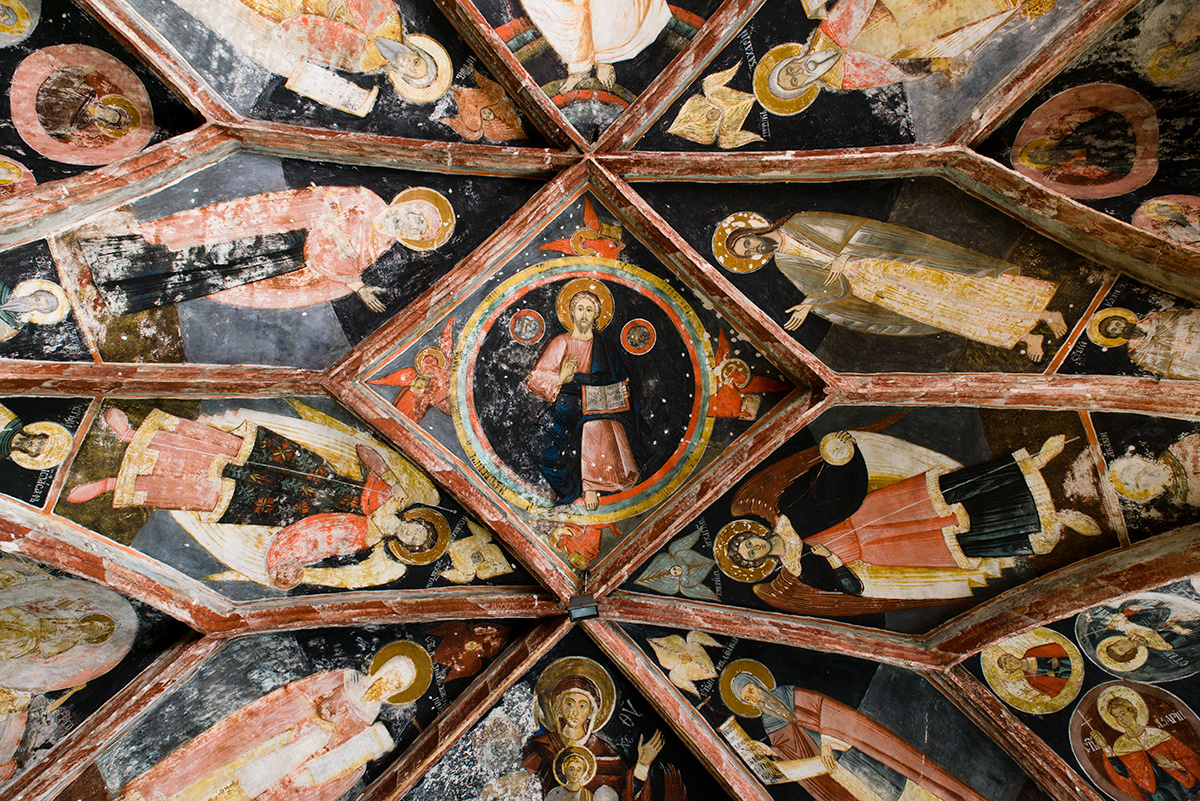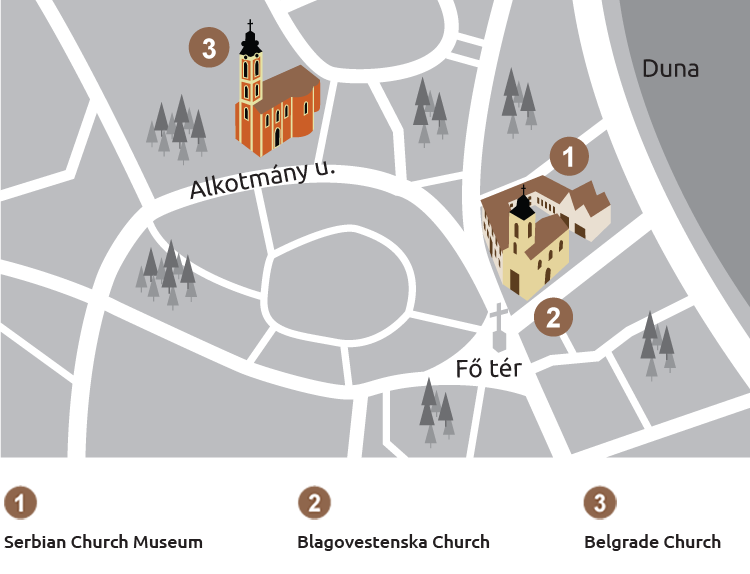The Monastery of Ráckeve
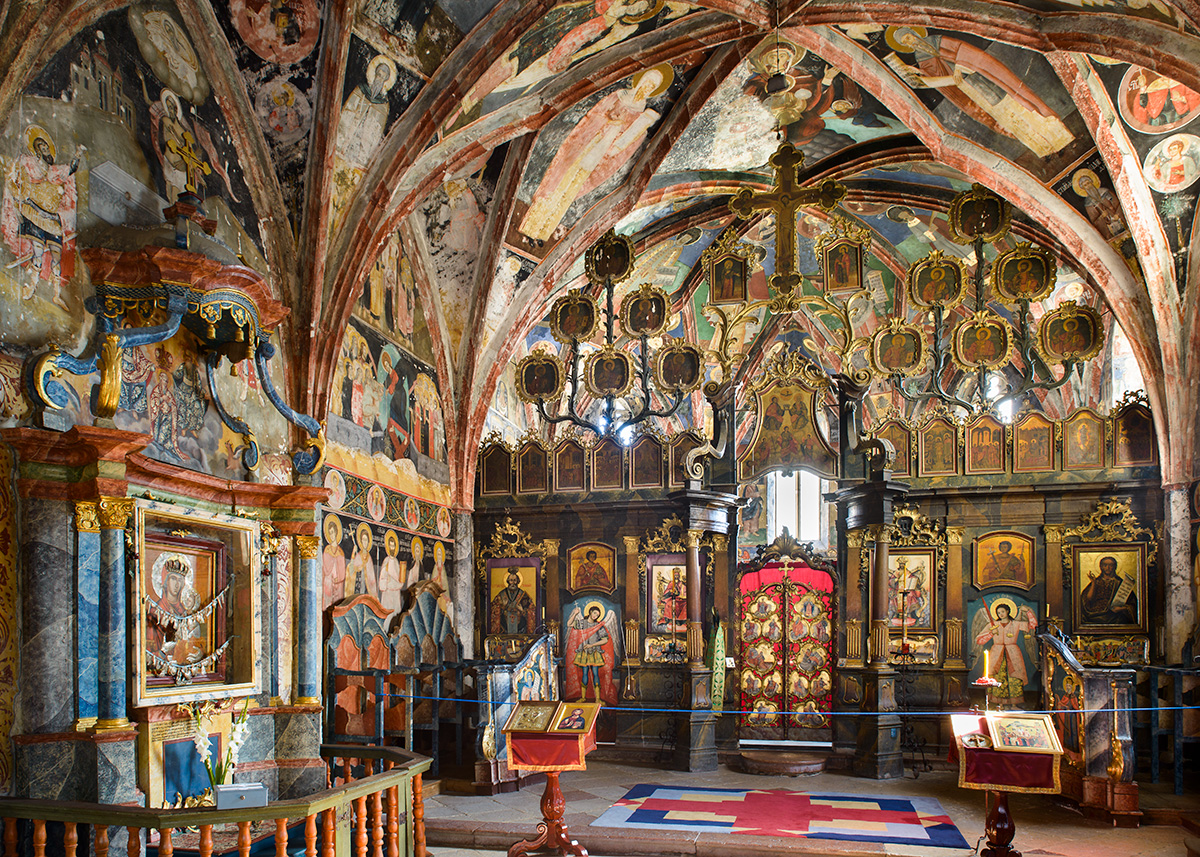
The Monastery Church of Ráckeve is Hungary’s oldest extant Serbian monument. It is situated on Csepel Island, approximately 40 km (25 miles) south of Budapest. The foundation of the town, initially called Felsőkeve and then Ráckeve (Serbian: Srpski Kovin), may be associated with the 1440 charter of King Vladislaus (Ulászló) I of Hungary. Its name memorialises the settlement of Serbs from Kovin (Kevevára) by the middle reaches of the Danube in the Southern Banat/Bánát Region. A decade earlier, the Turks had occupied Smederevo (Szendrő) (1439) and set about laying havoc to villages on the other side of the Danube. Therefore, countless Serbs living in Kovin and in the surrounding places were forced to leave hearth and home behind and seek refuge on Csepel Island in Hungary. With the development of commerce and the emergence of a busy port, as a royal estate near the capital city, Buda, Ráckeve acquired considerable revenues, to which numerous merchants and craftsmen of Balkan origins made their contribution. Their number would gradually decrease from 1541, when the Turks occupied Ráckeve, and part of the local population fled to Komárom and Győr, by the upper reaches of the Danube.
The monastery on Csepel Island is traditionally believed to have been built by Queen Helena, wife of King Béla II (the Blind) of Hungary and daughter of Uroš I, Grand Prince of Serbia, in the first half of the 12th century. Others assume that the Orthodox church dedicated to the Dormition of the Theotokos was built in the late 13th century or the early 14th century. It was renovated in 1487, in the time of King Matthias Corvinus, and enlarged by the addition of two side-chapels in 1517: the one on the east side was built in honour of Saint John the Baptist and the one on the west side in honour of Saint Cosmas and Damian. The ground-level section of the belfry next to the church was constructed at the same time as the side-chapels and it was raised by two additional storeys, topped by a new roof, in 1758. The Monastery of Ráckeve ceased to exist in 1777 with the decision of the Empress Maria Theresa, and the monks moved to the Monastery of Grábóc.
The interior decoration of the monastery church and the side-chapels is made special by the fusion of baroque and late-Byzantine elements. The uniqueness of the arrangement of murals and frescoes manifests itself in the fact that these accommodate to the western atmosphere of Gothic architecture, rendering the Church of Ráckeve unparalleled even in a wider European perspective. Although traces of the previous wall painting from the early 16th century may be recognised in some places, the entire painting programme of the church and the two side-chapels dates from the 18th century: It was produced by the workshop of Teodor Simeonov Gruntović, originating from the Southern Balkans. The carved, painted and gilded, baroque-style furnishings were created almost contemporaneously with the painting of the walls, while the Throne of the Theotokos erected on the north side of the sanctuary, with the miraculous icon of the Theotokos on it, is from the 17th century.
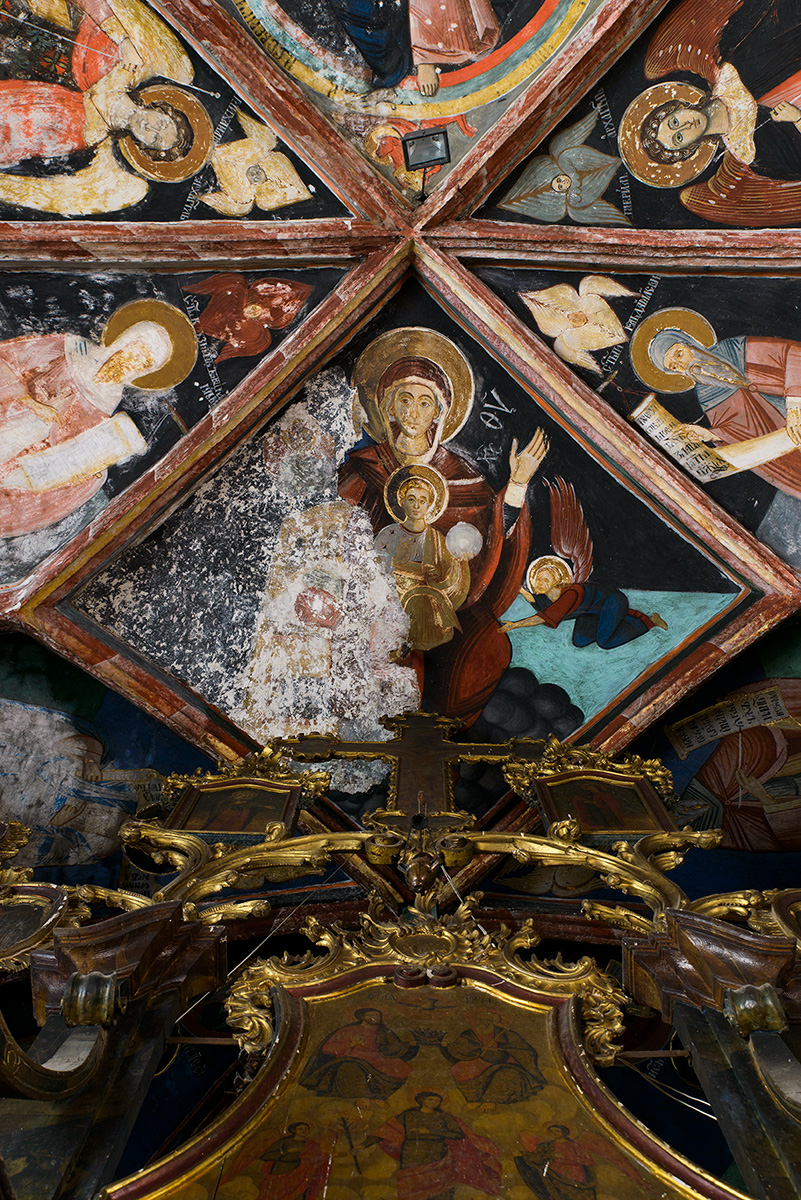
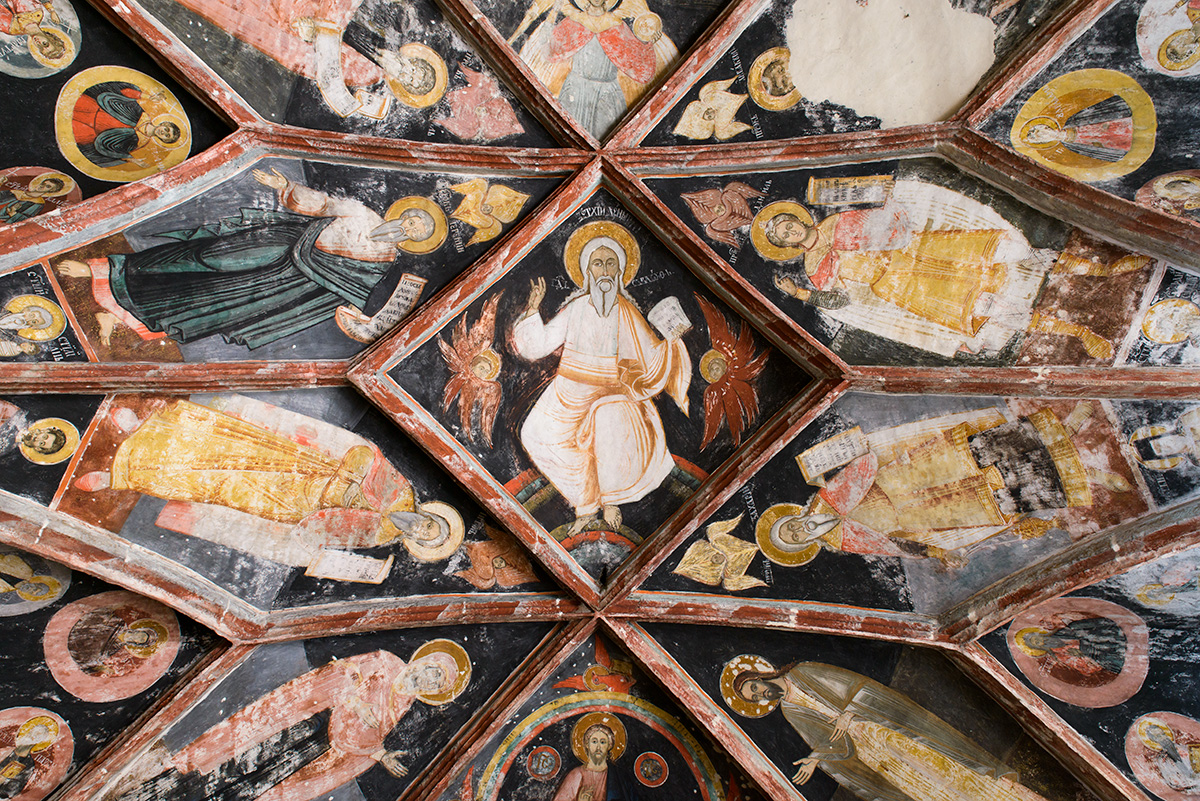
The 18th- and 19th-century liturgical items of the Treasury of the Monastery of Ráckeve are the monastery’s most valuable ecclesiastical treasures.
In 2003, the Monastery of Ráckeve regained its monasterial status and, along with the Monastery of Grábóc, it is one of the two monasteries of the Eparchy of Buda, as well as the most important Serbian Orthodox sacred place in Hungary.
Read more: Treasury of the Monastery of Ráckeve
